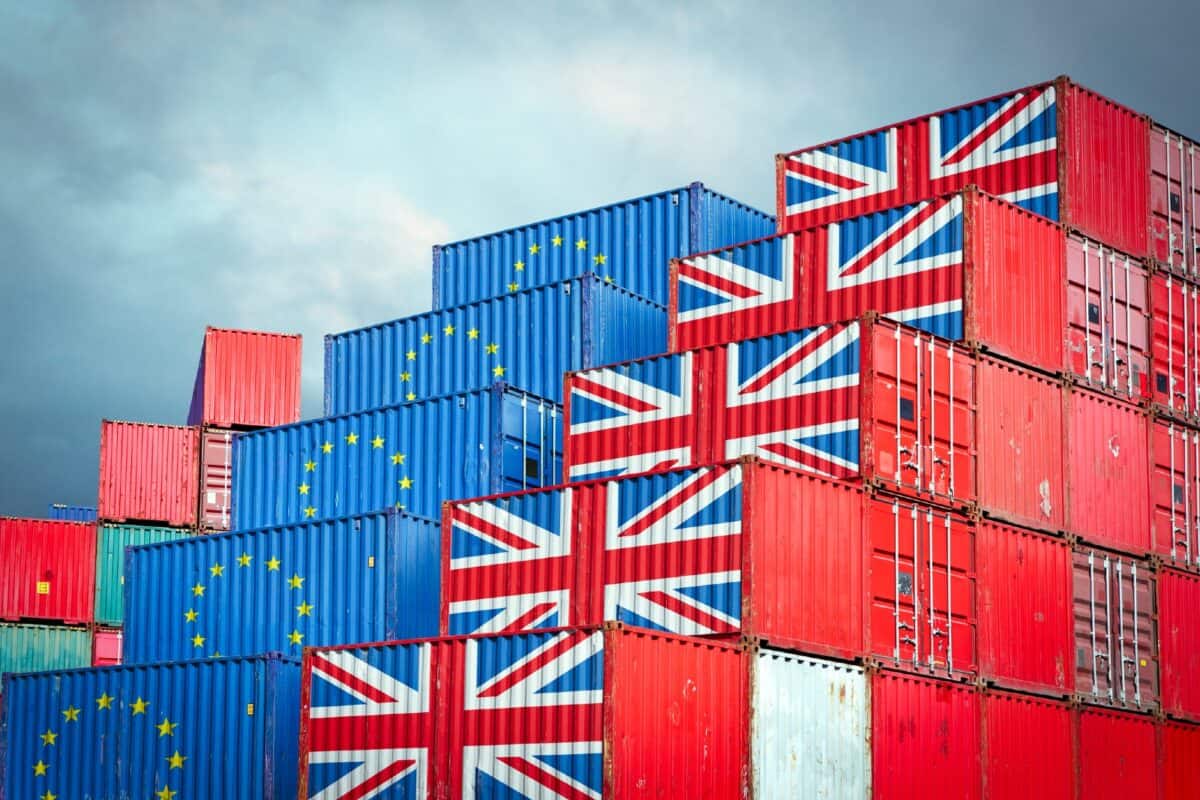Sustainable Plastic Packaging: A Necessity for a Greener Future
GARDEN CITY, ID, UNITED STATES, September 26, 2024 /EINPresswire.com/ -- Plastic packaging is integral to our modern lifestyle, providing convenience and protection for countless products. However, its environmental impact has raised significant concerns. As consumers and businesses increasingly prioritize sustainability, the demand for sustainable plastic packaging solutions is growing rapidly. Why Product Packaging Matters Product packaging serves multiple purposes. It protects products during transportation and storage, provides essential information to consumers, and contributes to brand identity. Effective packaging can influence purchasing decisions, enhance brand loyalty, and drive sales. The Impact of Packaging on Brand Image Beyond its functional roles, packaging serves as a powerful branding tool. It's the first physical interaction consumers have with a product and can leave a lasting impression. A well-designed package can: Reinforce brand identity: Consistent packaging design helps consumers recognize and associate products with a specific brand. Communicate brand values: Packaging can convey a brand's message, whether it's luxury, eco-friendliness, or affordability. Create emotional connections: Packaging can evoke emotions and create a memorable consumer experience. Differentiate from competitors: Unique packaging can help a product stand out on store shelves and online marketplaces. Plastic environmental trends indicate that consumers are more discerning than ever. They are increasingly aware of the environmental implications of their choices and are more likely to support brands that prioritize sustainability. Sustainable packaging can significantly enhance a brand's reputation, positioning it as environmentally responsible and socially conscious. Brands can strengthen their connections with their target audience by investing in high-quality, visually appealing packaging that addresses consumer environmental concerns. Why Sustainable Packaging Matters Sustainable packaging is crucial for several reasons: Environmental Protection: Traditional packaging materials, such as single-use plastics, often end up in landfills or oceans, contributing to pollution and harming ecosystems. Sustainable packaging reduces this environmental impact by using materials that are biodegradable, recyclable, or made from renewable resources. Resource Conservation: Sustainable packaging helps conserve natural resources by minimizing the use of non-renewable materials and reducing energy consumption during production and transportation. Climate Change Mitigation: Reducing waste and emissions associated with packaging production and disposal contributes to mitigating climate change. Consumer Demand: Consumers are increasingly aware of environmental issues and more likely to support brands prioritizing sustainability. Choosing sustainable packaging can help businesses meet the demands of eco-conscious consumers. Regulatory Compliance: Many governments are implementing stricter regulations regarding packaging materials and waste management. Sustainable packaging can help businesses stay compliant with these regulations and avoid penalties. The Power of Degradable Plastic Product Packaging While traditional plastic packaging often ends up in landfills or oceans, innovative solutions are emerging. Degradable plastics offer a promising alternative when treated with additives like Pristine® biodegradable plastic additive. This additive accelerates natural biodegradation, allowing plastics to break down into harmless substances within landfills and marine environments. As the demand for sustainable products continues to rise, the development of innovative plastic packaging solutions is essential. By embracing technologies like Pristine®, businesses can contribute to a more sustainable future while maintaining the convenience and functionality of plastic packaging. Consumers can positively impact the planet by choosing sustainable packaging options and support brands prioritizing environmental responsibility. Biodegradable Plastic Additives Biodegradable plastic additives are developed, independently tested, efficient solutions addressing the most common problems with other biodegradable plastics. They turn traditional plastics into biodegradable materials. Some are formulated to be compatible with the most common non-bio-based plastics, including PP, PVC, PET, HDPE, LDPE, EPDL, nylons, styrenes, and olefins. There is no need to retool or produce a custom bioplastic material; some can works with existing materials and production facilities. They allow plastics to biodegrade in numerous environments. Additives like Pristine® have been tested by independent third parties using ASTM testing methods that are recognized and accepted worldwide. Pristine® enhances the biodegradation rate of traditional plastics, allowing them to biodegrade in landfills and marine environments. It ensures that, if recycling is not an option, plastic materials no longer remain in the environment indefinitely. ### Regulations in some US States including but not limited to California, Vermont, Delaware and Massachusetts currently prohibits the sale of plastic products and packaging that are labeled with the terms ‘biodegradable,' 'degradable,' or ‘de-compostable, or any form of those terms. Laws consistently change, we recommend you update your marketing to reflect the current laws in your trade area. The laws in some US States also prohibits language that implies in any way that the item will break down, biodegrade or decompose in a landfill or other environment. These restrictions apply to all sales in many US States, including sales over the Internet. Pristine makes no claims to being ‘biodegradable,' 'degradable,' or ‘de-compostable, or any form of those terms in any US State not allowing or recognizing those terms.Info. at Pristine LLC Pristine LLC +1 208-870-0965 [email protected] Visit us on social media: Facebook LinkedIn Legal Disclaimer: EIN Presswire provides this news content "as is" without warranty of any kind. We do not accept any responsibility or liability for the accuracy, content, images, videos, licenses, completeness, legality, or reliability of the information contained in this article. If you have any complaints or copyright issues related to this article, kindly contact the author above.


















